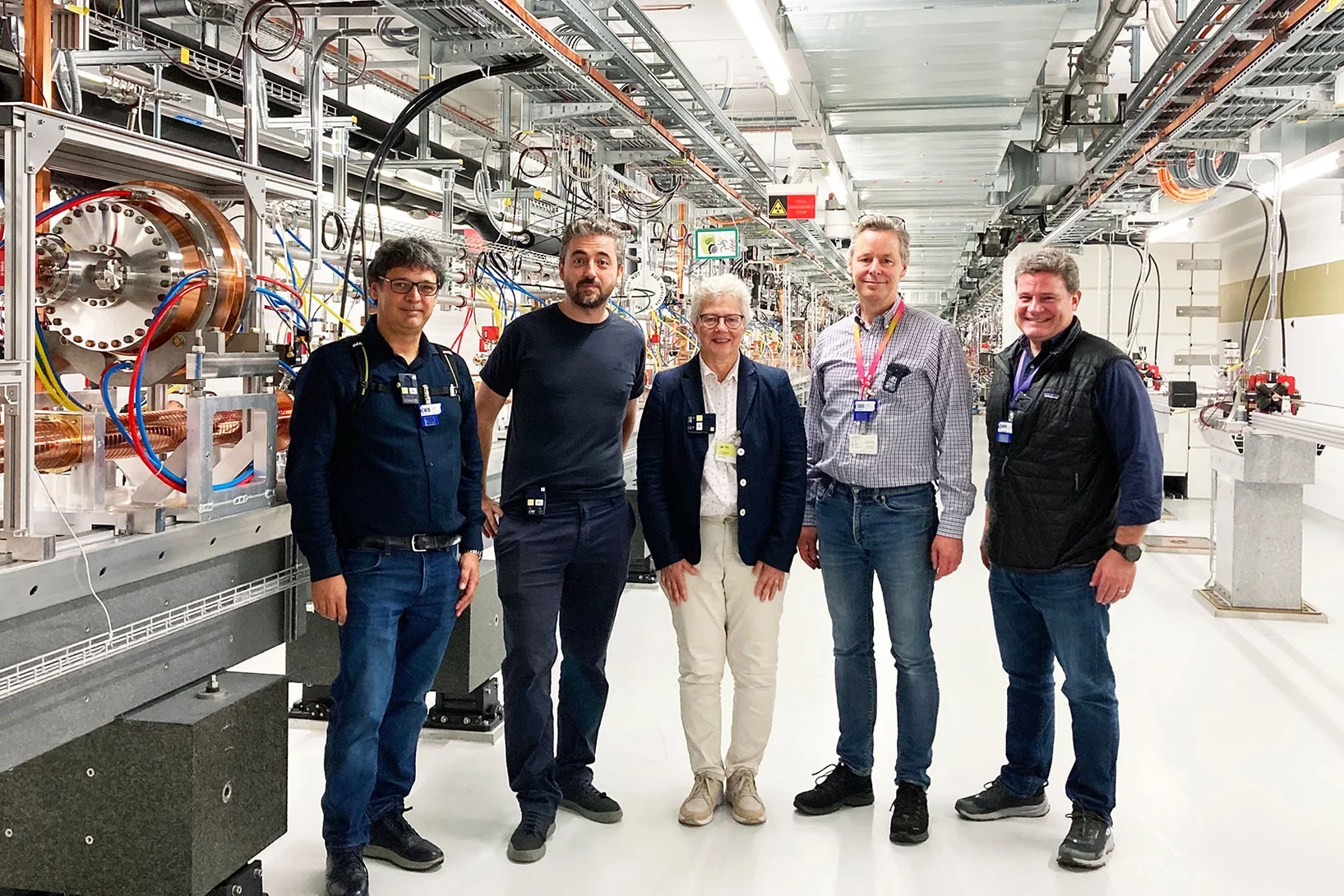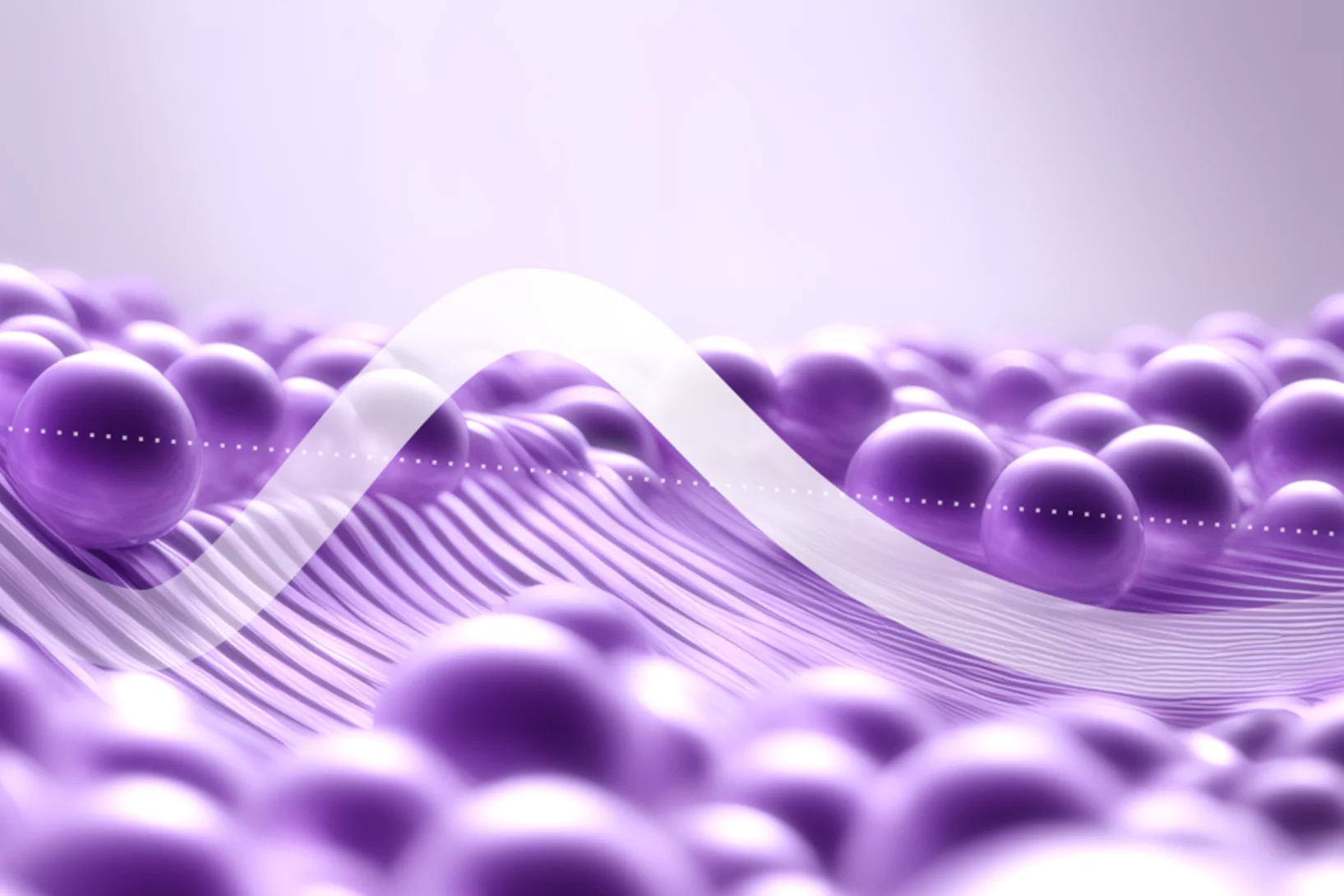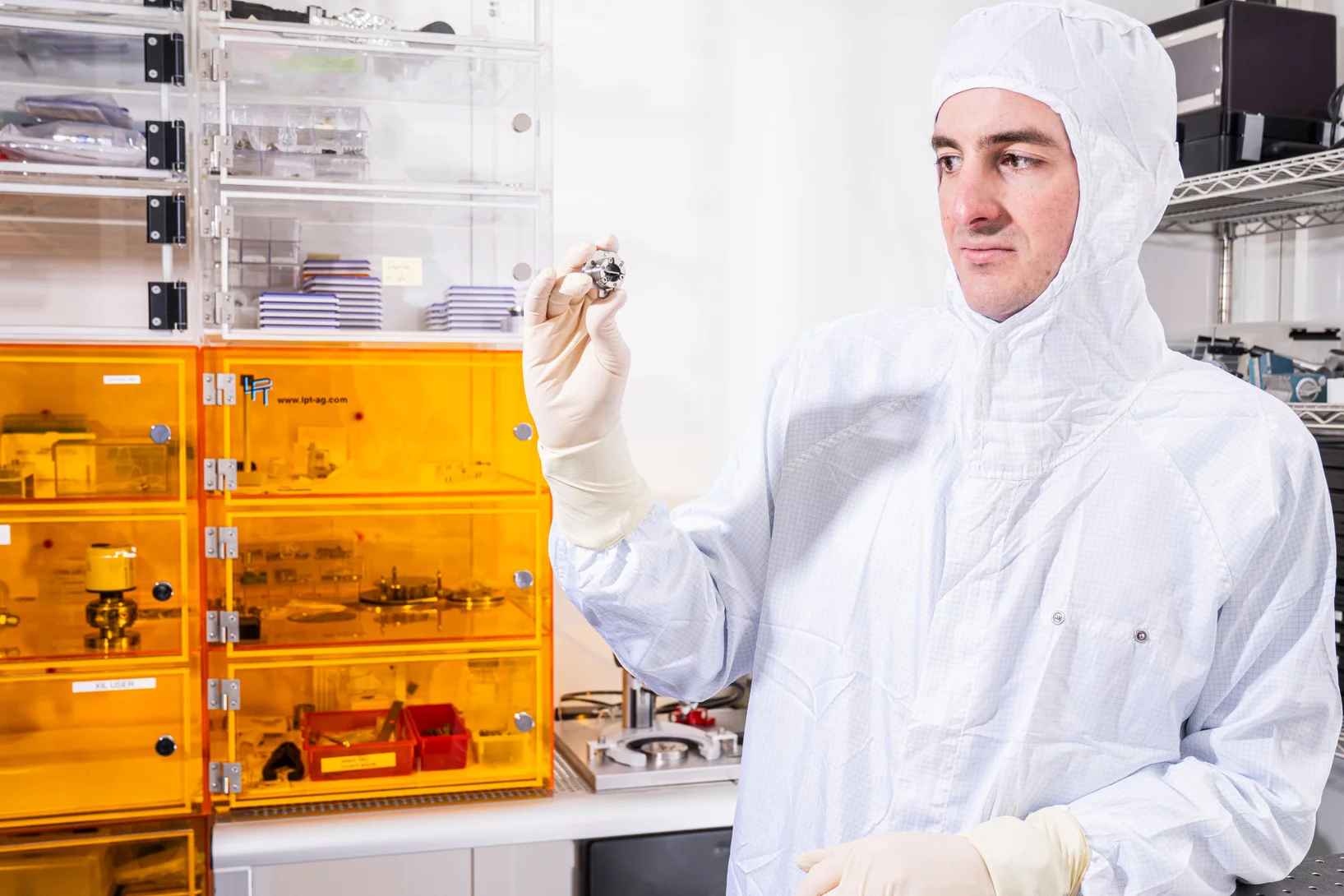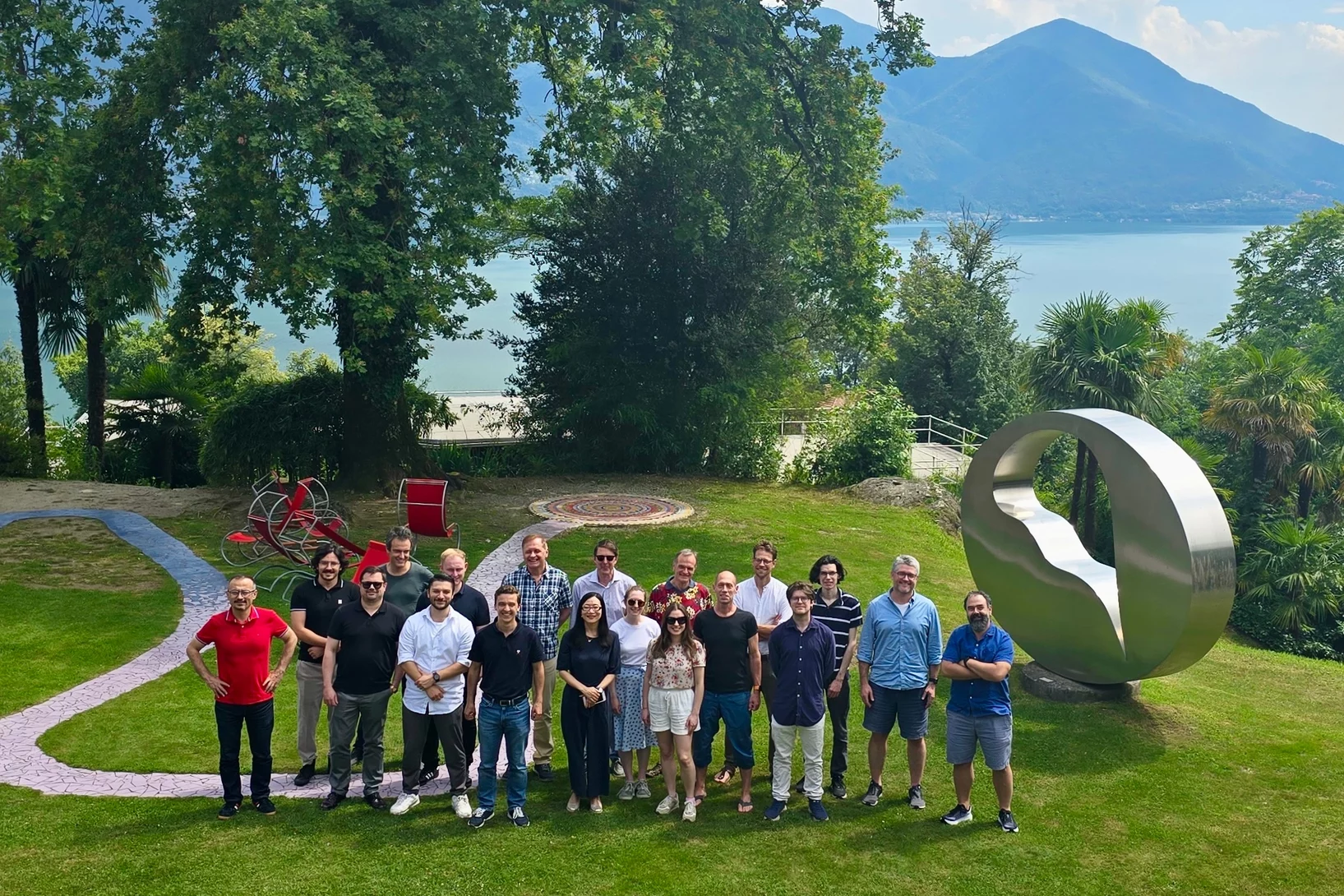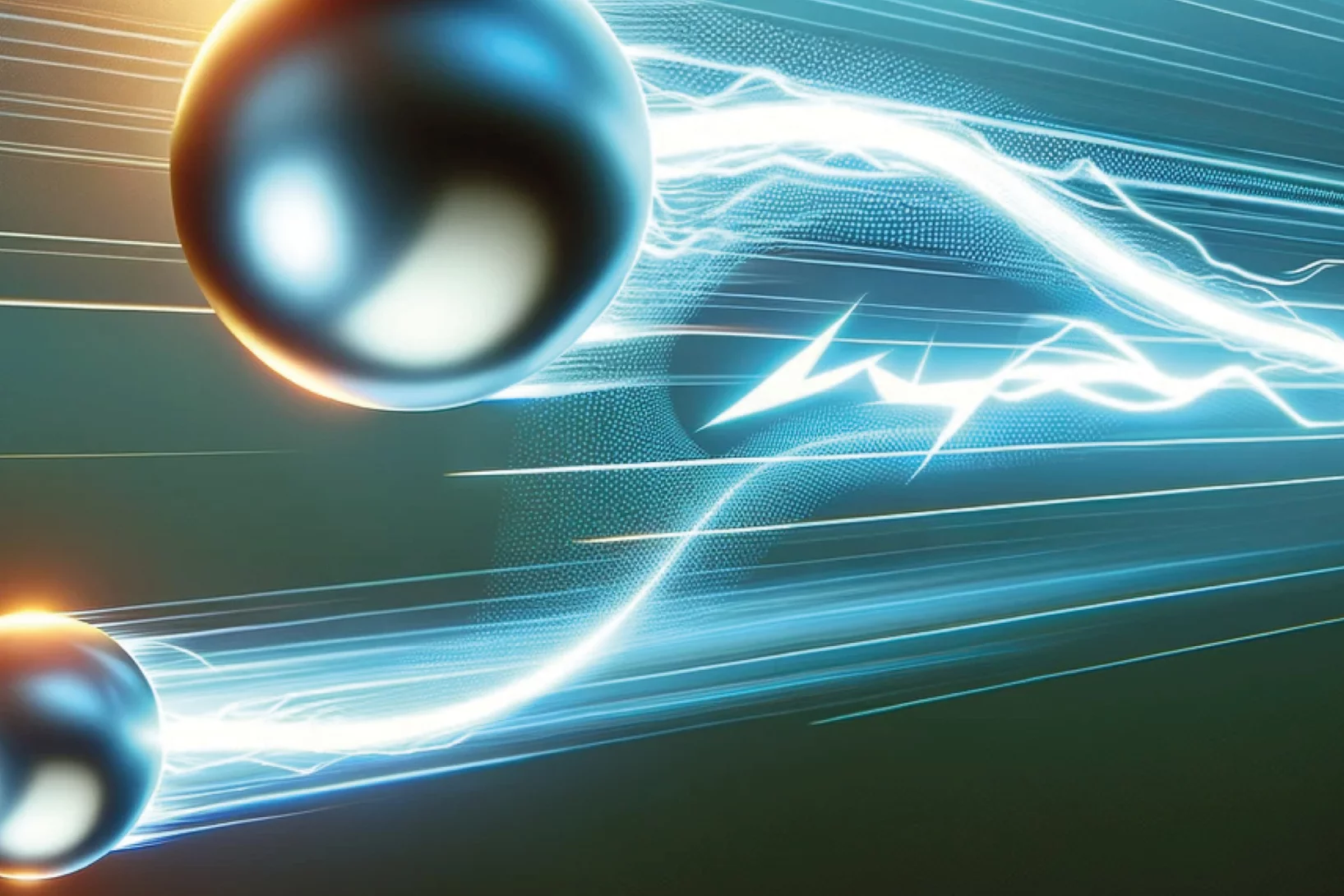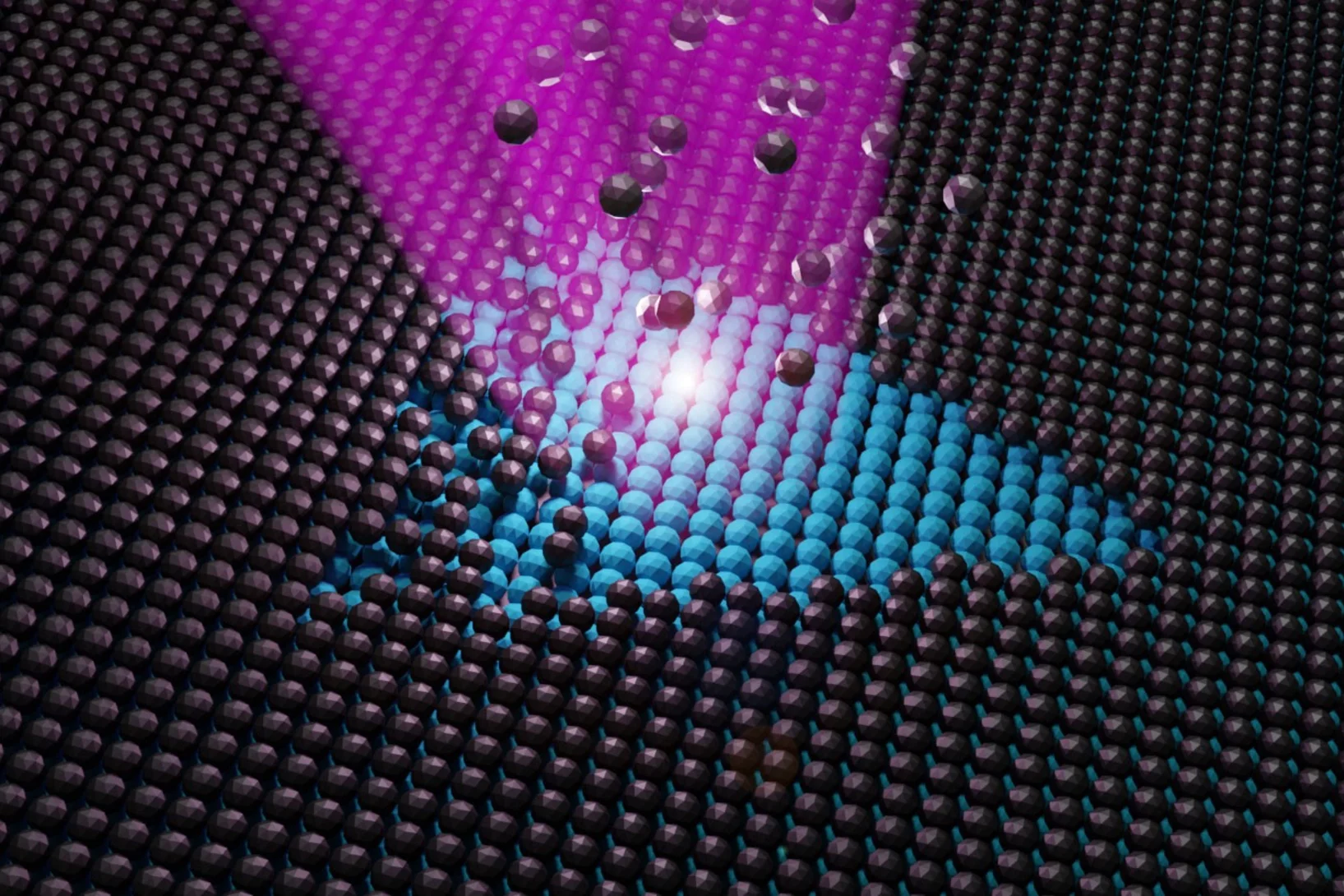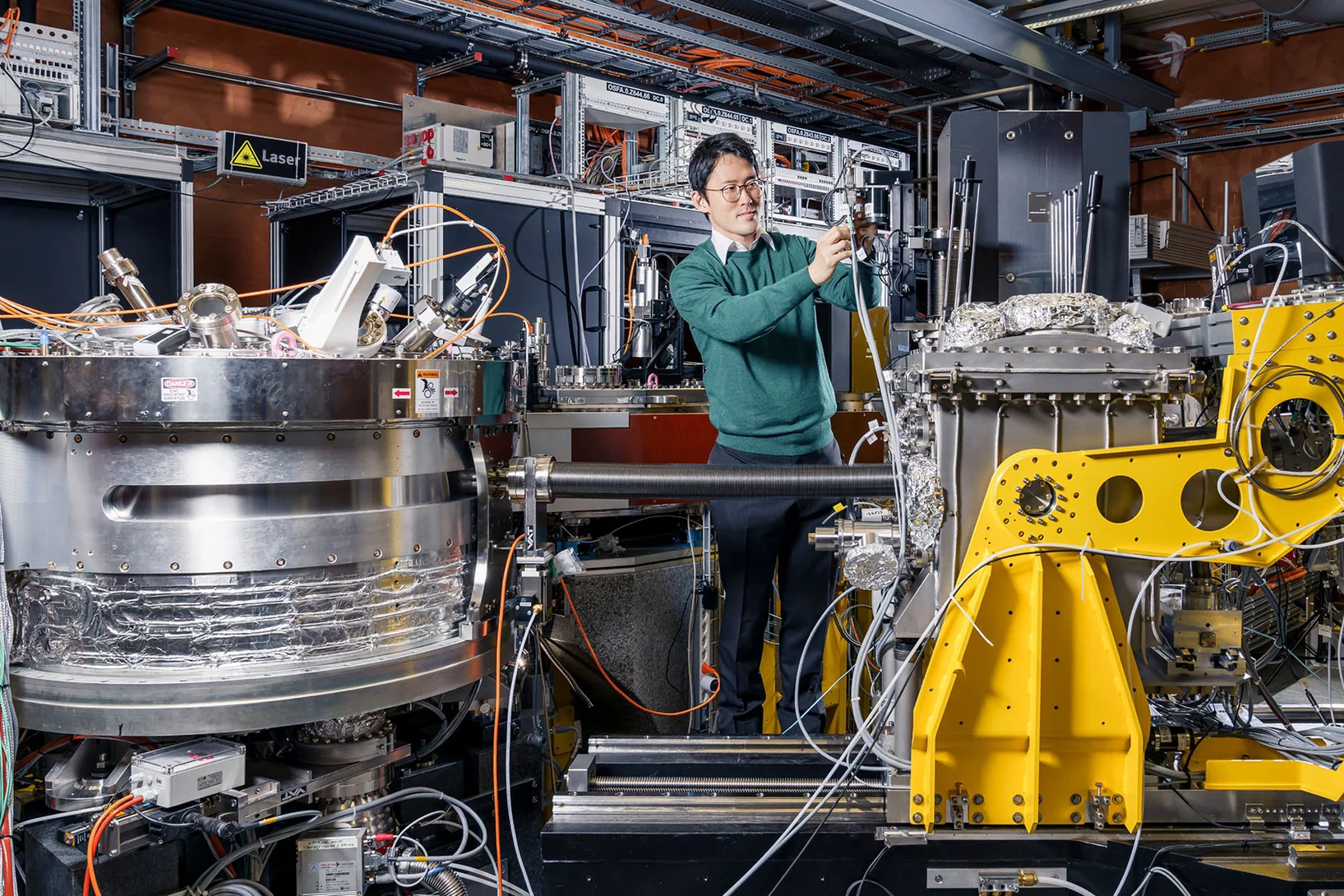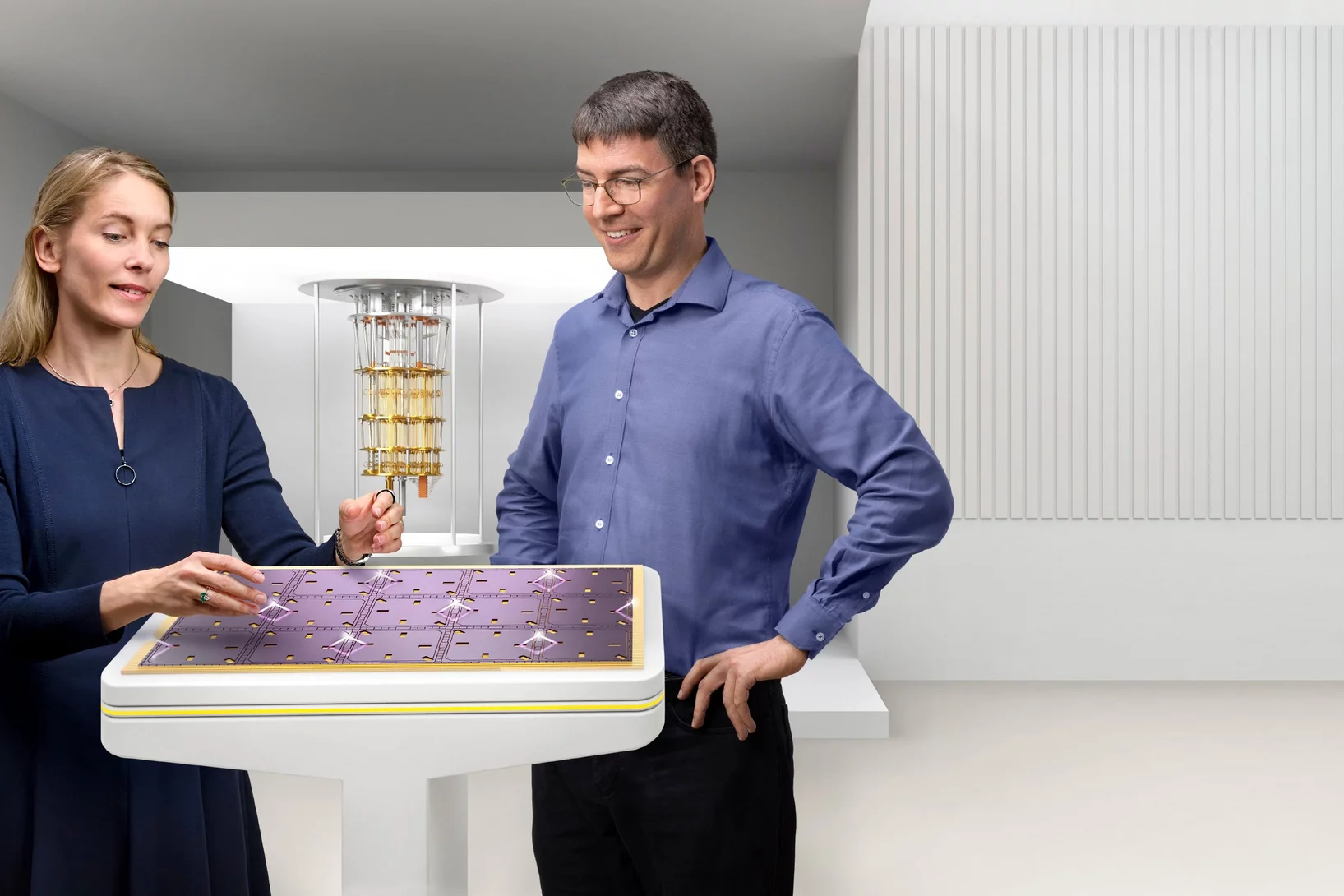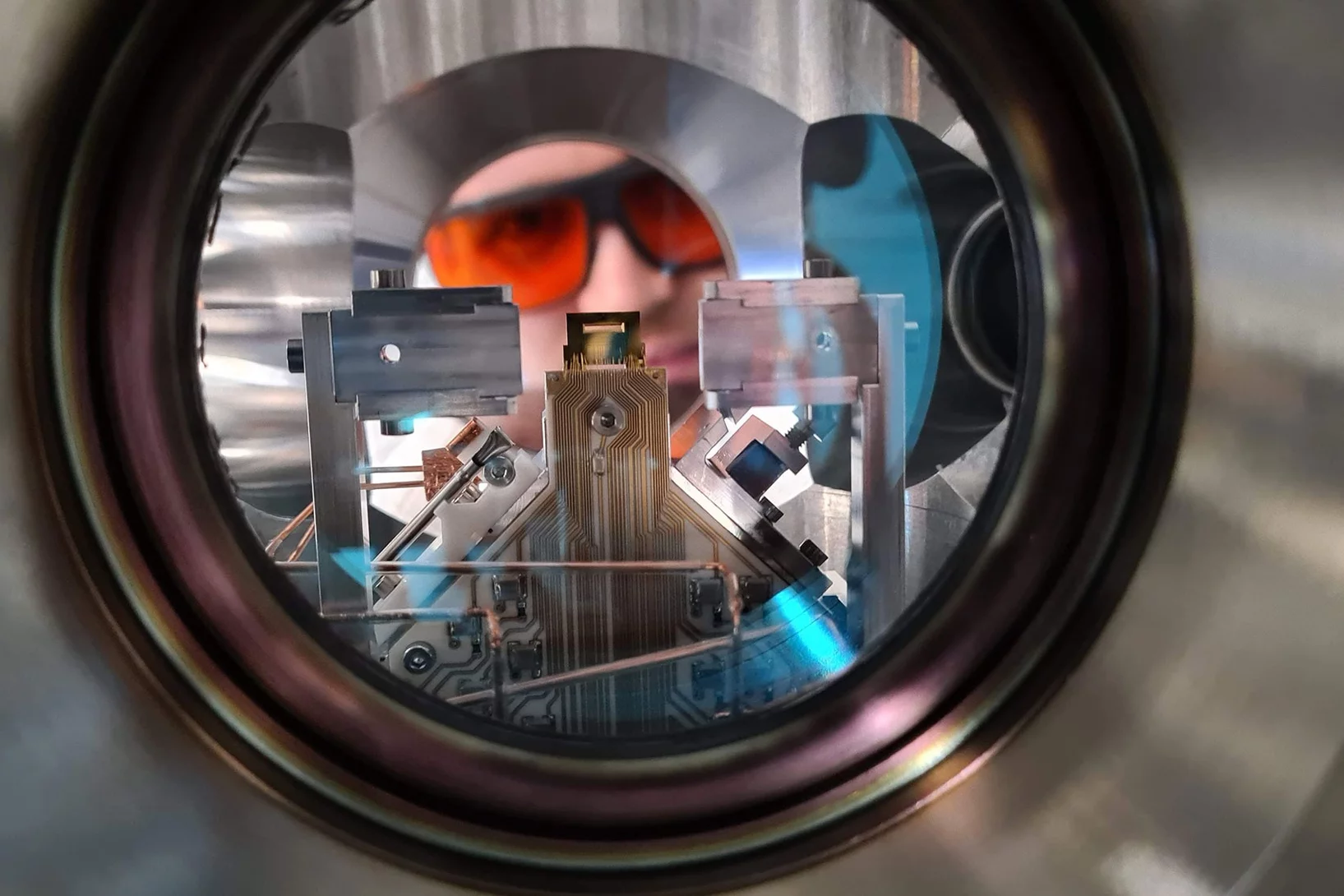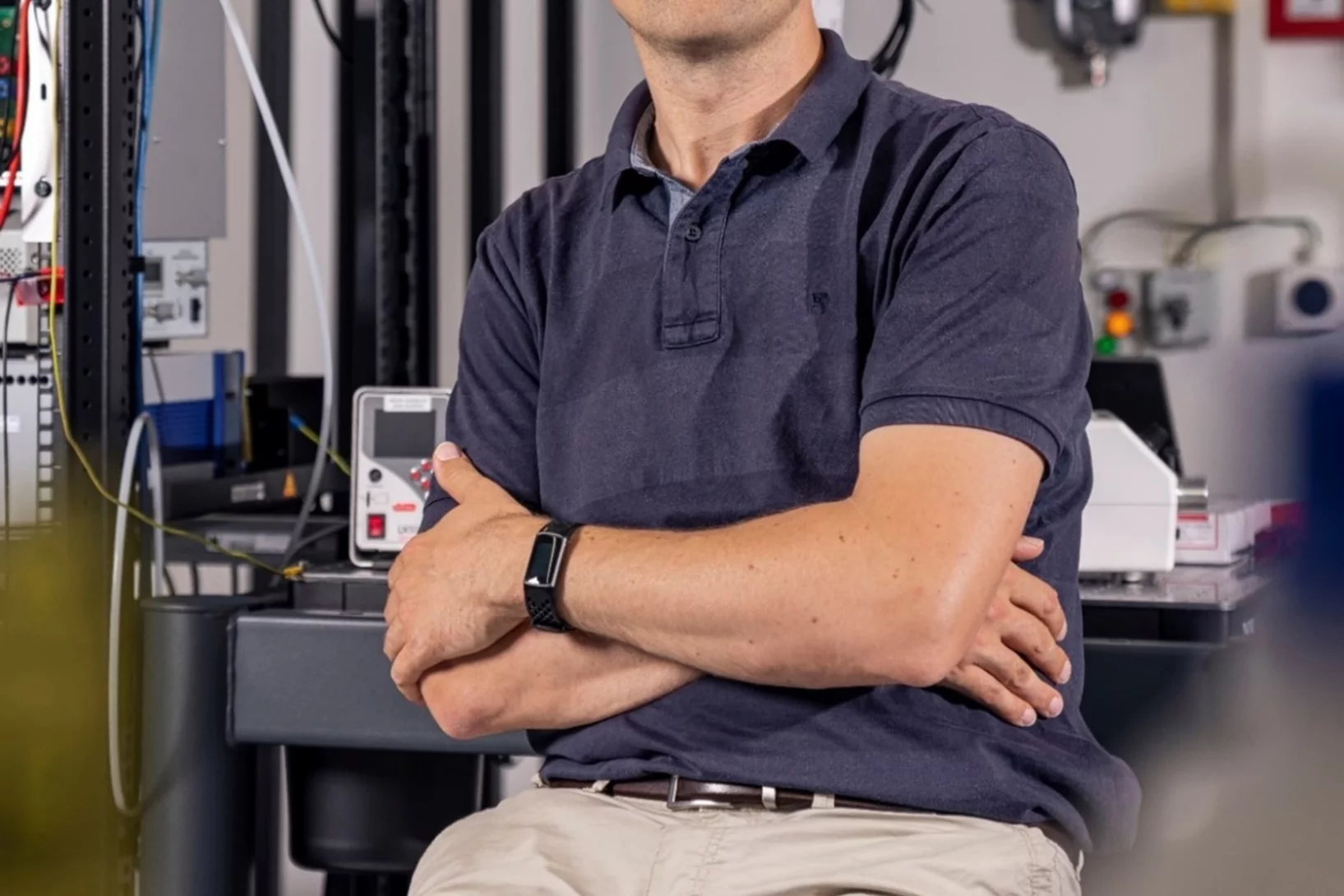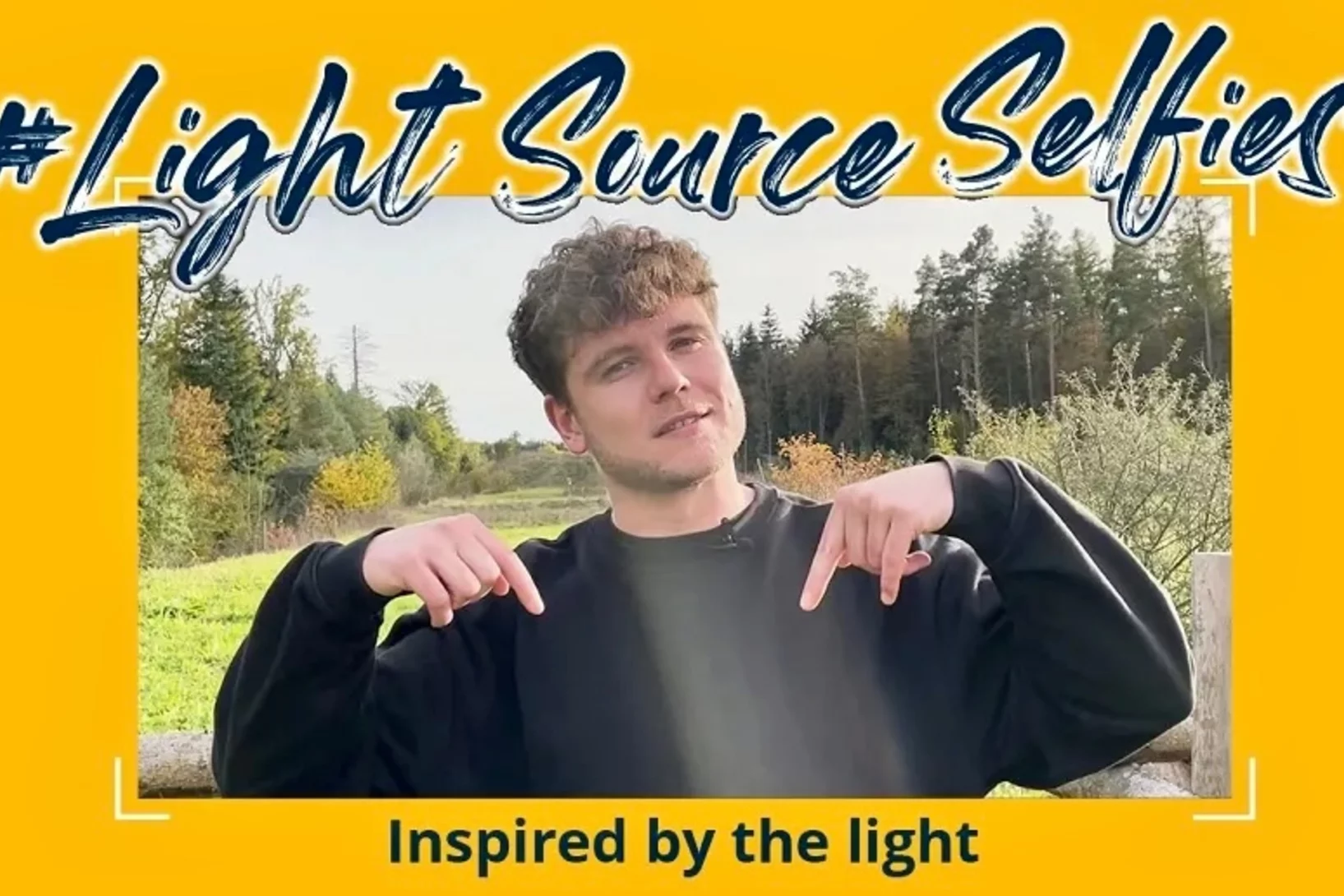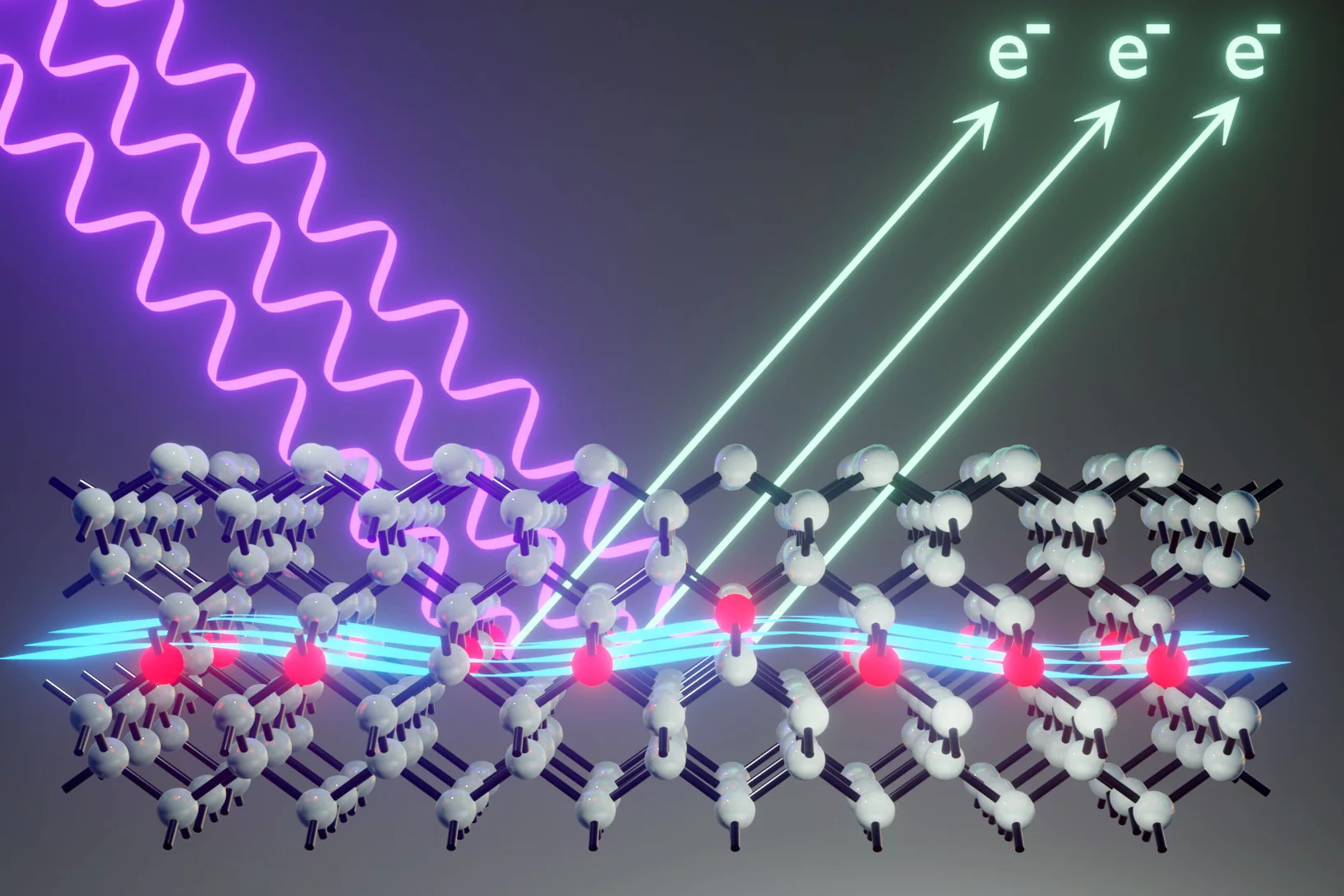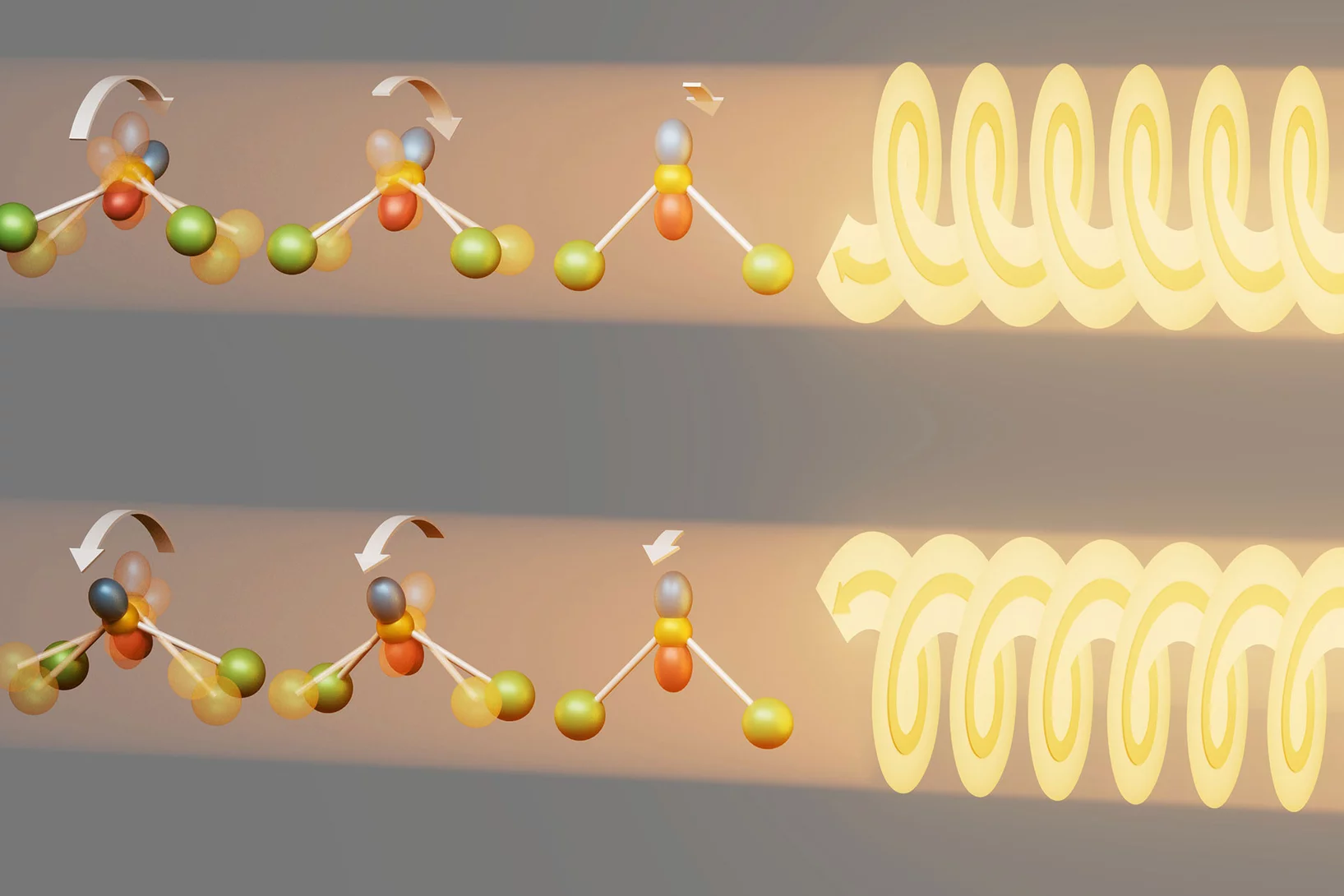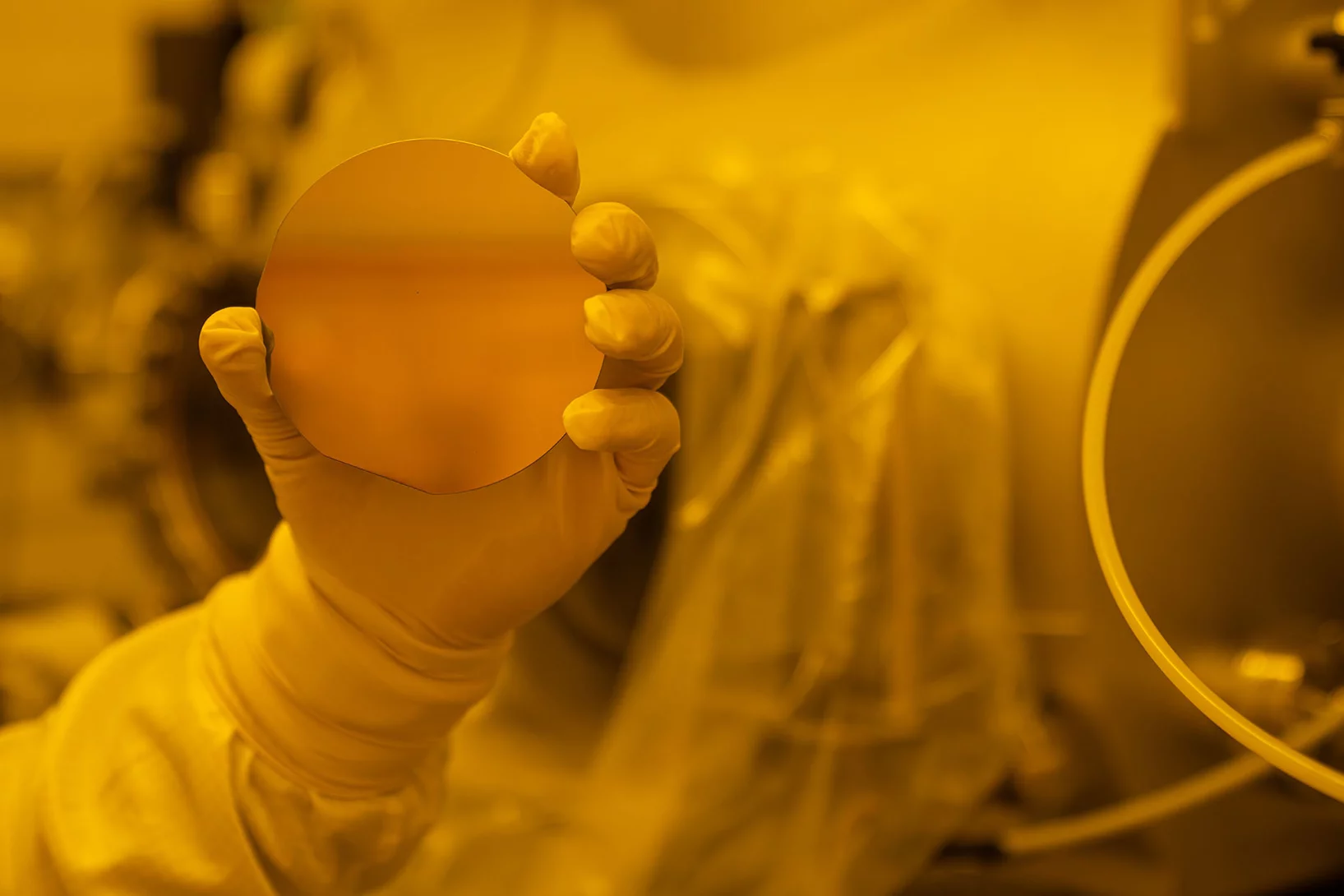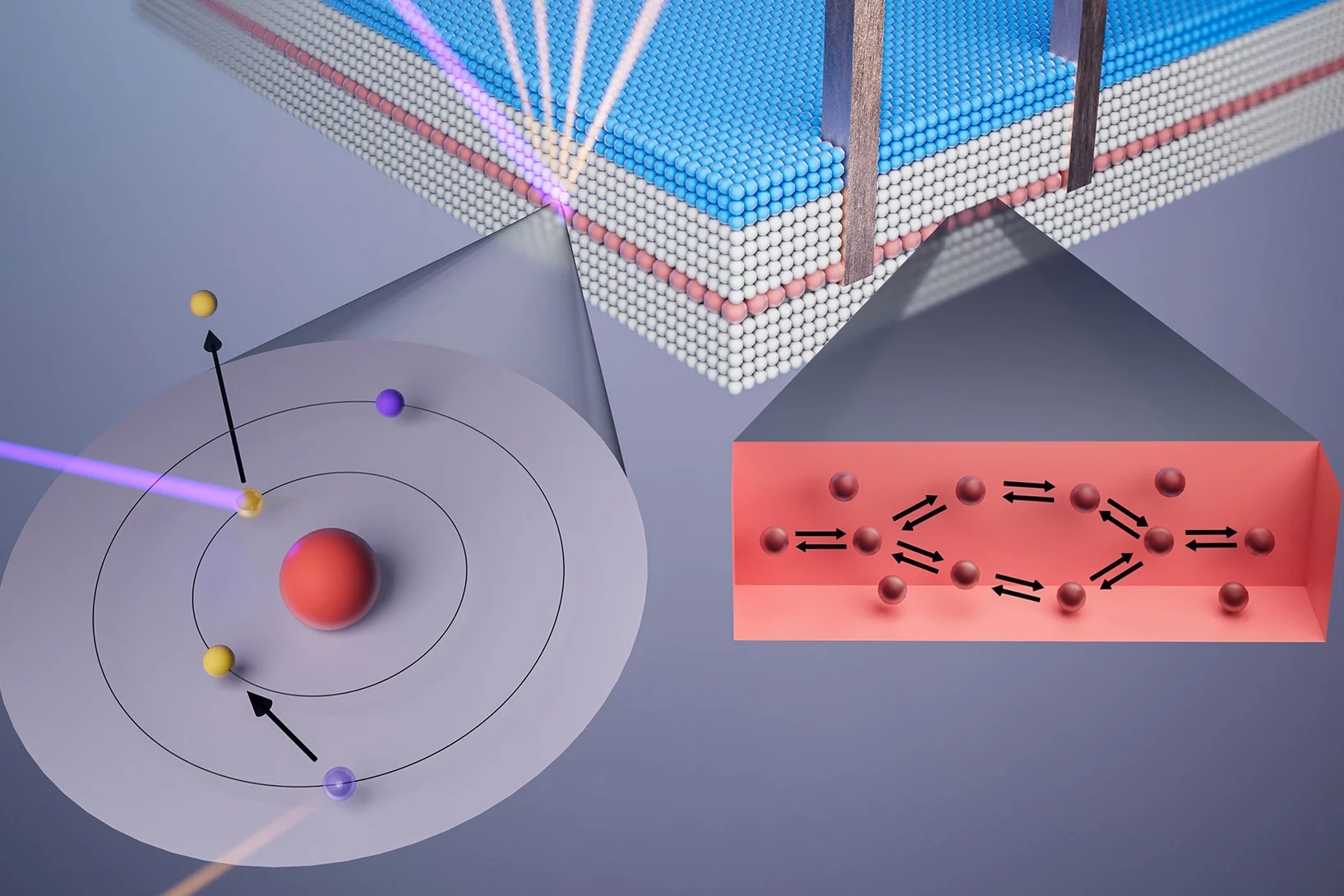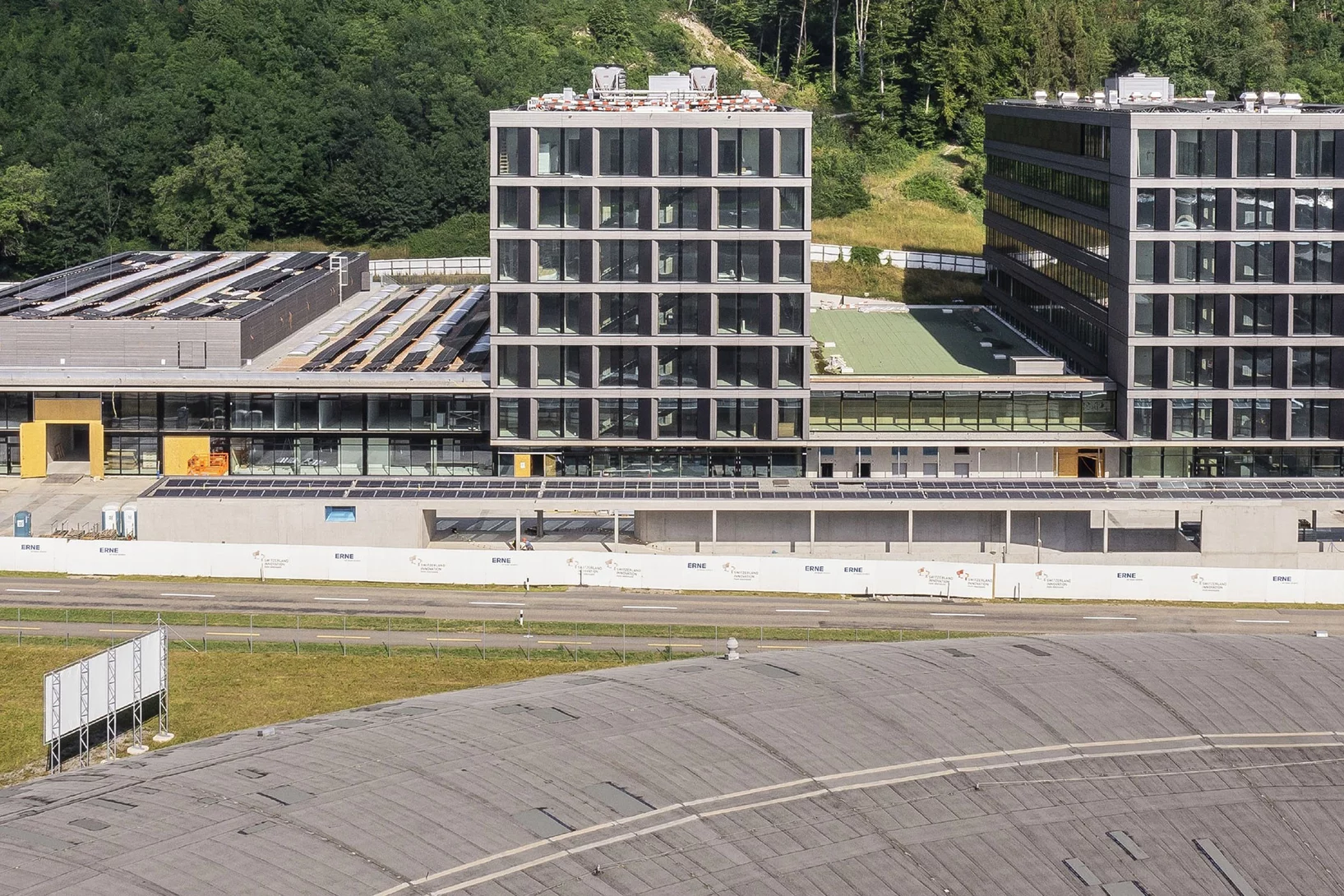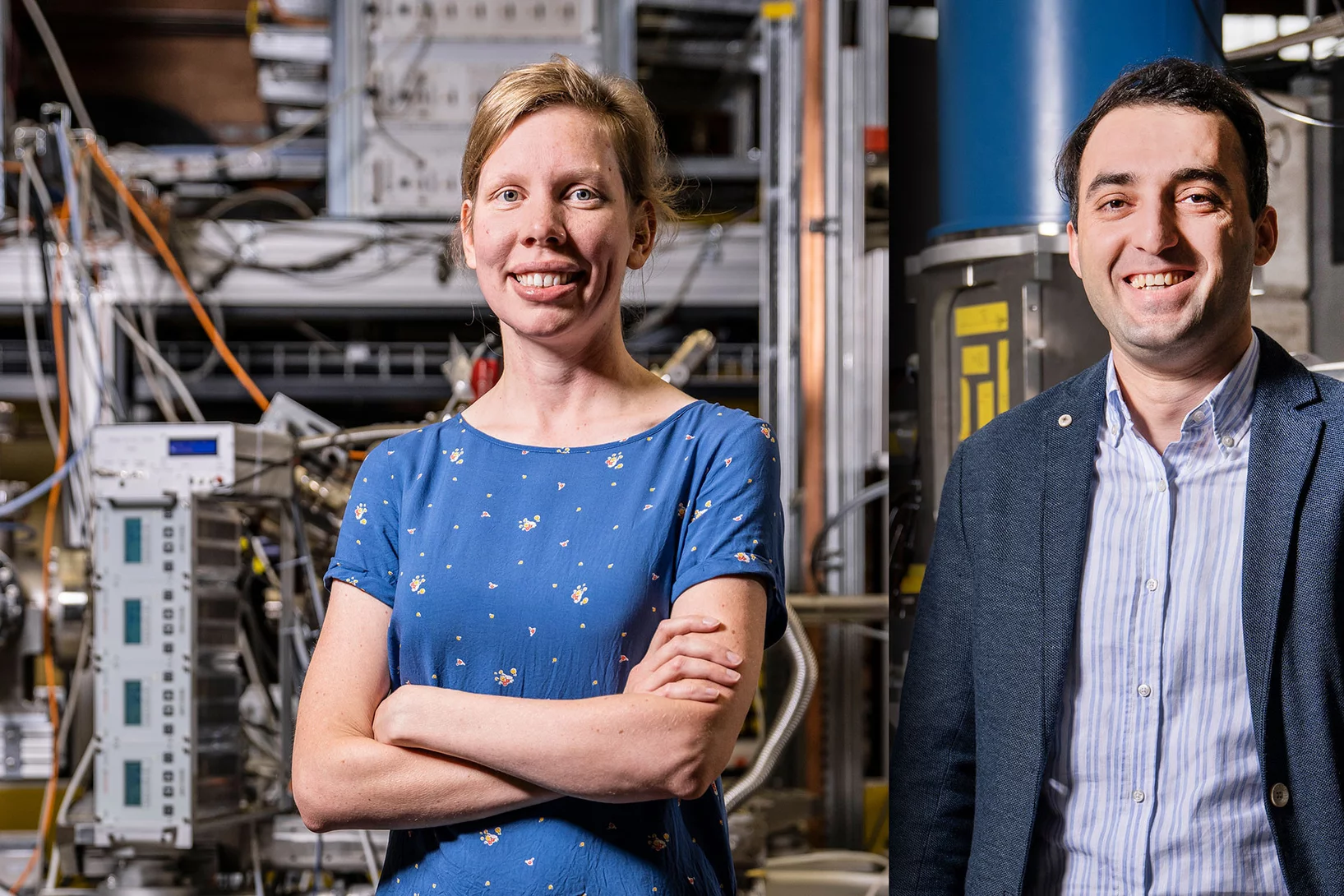A new dimension of complexity for layered magnetic materials
X-rays reveal magnetic phenomena driven by interactions between the layers of a kagome ferromagnet
Einzigartiger Quantensimulator öffnet Tür zu neuer Forschung
Physiker des PSI und Google haben einen neuartigen digital-analogen Quantensimulator gebaut.
Neat, precise and brighter than ever
Researchers at SwissFEL succeed in improving the temporal coherence of XFEL pulses
New benchmark helps solve the hardest quantum problems
Quantum many-body problems involve the highly complicated process of predicting the behaviour of many interacting quantum particles. A newly developed benchmark helps to solve these problems.
Kagome breaks the rules at record breaking temperatures
Discovery of quantum phenomenon at accessible temperatures could be useful for quantum technologies.
Magnetismus in dünnen Schichten: Ein Elektron macht den Unterschied
Ein wichtiger Schritt zu neuartigen Computerspeichern
Orbitronics: new material property advances energy-efficient tech
Discovery of orbital angular momentum monopoles boosts the emerging field of orbitronics, an energy-efficient alternative to electronics.
Nobel Prize winner Anne L’Huillier visits SwissFEL
X-ray free-electron lasers could unlock the next frontier in attosecond research
Controlling magnetic waves in a spin liquid
Scientists at the Paul Scherrer Institute PSI have shown that excitation of a spin liquid with intense THz pulses causes spins to appear and align within less than a picosecond. This induced coherent state causes a magnetic field to form inside the material, which is detected using ultrashort X-ray pulses at the X-ray Free Electron Laser SwissFEL.
Forschende zeigen, dass Computerchips noch kleiner werden könnten
Forscher am PSI erreichen mit EUV-Lithografie eine noch nie dagewesene Auflösung von 5 Nanometern (half pitch).
Neuer Röntgenweltrekord: Blick in einen Computerchip auf 4 Nanometer genau
Mit einer Rekordauflösung von 4 Nanometern gelang es Forschenden am PSI, die räumliche Struktur eines Computerchips mithilfe von Röntgenlicht abzubilden.
PSI-UCL-Surrey workshop on silicon and germanium based quantum devices
A team of PSI scientists as well as collaborators from UCL and the University of Surrey met at the Fondazione Monte Verità to discuss results and trace the roadmap for future research into quantum devices based on silicon and germanium.
Charge fractionalisation observed spectroscopically
Quantum mechanics tells us that the fundamental unit of charge is unbreakable – but exceptions exist.
Altermagnetism proves its place on the magnetic family tree
Experiments at the Swiss Light Source SLS prove the existence of a new type of magnetism, with broad implications for technology and research.
Extreme ultraviolet for scalable silicon quantum devices
Experiments at the Swiss Light Source (SLS) show the potential of extreme ultraviolet light (EUV) to make the building blocks of scalable quantum computers.
Solid-state qubits: Forget about being clean, embrace mess
So says new recipe for dense arrays of qubits with long lifetimes.
Dichotomous Electrons: Travelling without Moving
Neutron scattering experiments give new understanding of how localized and free-flowing electrons collaborate to create material functionality.
The secret life of an electromagnon
SwissFEL sheds light on how lattice and atomic spins jiggle together.
Zwei Projekte zur Verknüpfung fehlerkorrigierter Qubits lanciert
Die amerikanische Forschungsförderungsagentur IARPA finanziert zwei Quantum-Computing-Projekte, an denen Forschende der ETH Zürich und des PSI beteiligt sind.
Quantencomputer bereits heute nutzen
Analoge Quantencomputer ermöglichen die Beobachtung ultraschneller chemischer Reaktionen
Open Quantum Institute launch
Dr. Cornelius Hempel, head of the Ion Trap Quantum Computation group at LNQ’s ETHZ-PSI Quantum Computing Hub, spoke to SRF to explain how quantum computers work and how future versions of these devices can be used to solve some of the big problems of our time.
SwissFEL #LightSourceSelfie of Maël Clémence
Check out Maël Clémence's #LightSourceSelfie about his PhD project on quantum properties of magnetic materials at the Cristallina-Q endstation of SwissFEL.
Unveiling ultra-thin electron liquids in silicon
Soft X-rays enable scientists to visualise non-invasively the electronic properties of ultra-thin dopant layers buried within semiconductor wafers.
Mirror, mirror on the wall…
…. Now we know there are chiral phonons for sure
Neues Verfahren für noch kompaktere Computer-Chips
Forschende des PSI nutzen extremes UV-Licht zur Herstellung winziger Strukturen für die Informationstechnologie.
Quality control of future transistors: Tackling the challenge of looking at atoms buried in silicon without moving them
Tackling the challenge of looking at atoms buried in silicon without moving them
How to squash things carefully
A new in situ uniaxial pressure cell at Paul Scherrer Institute PSI gives scientists unrivalled control to tweak quantum materials microscopically and tune their properties.
Unconventional superconductivity found in kagome metal
Physicists using muon spin spectroscopy at PSI make the missing link between their recent breakthrough in Nature and unconventional superconductivity
Swiss PIC unterstützt die Schweizer Photonik-Industrie
Das Technologietransferzentrum Swiss PIC wird im Park Innovaare angesiedelt sein.
3,1 Millionen Förderung für neue Forschungsprojekte am PSI
Die beiden PSI-Forschenden Zurab Guguchia und Kirsten Schnorr erhalten vom Schweizerischen Nationalfonds Förderbeiträge von insgesamt 3,1 Millionen CHF für zukunftsweisende Projekte.







